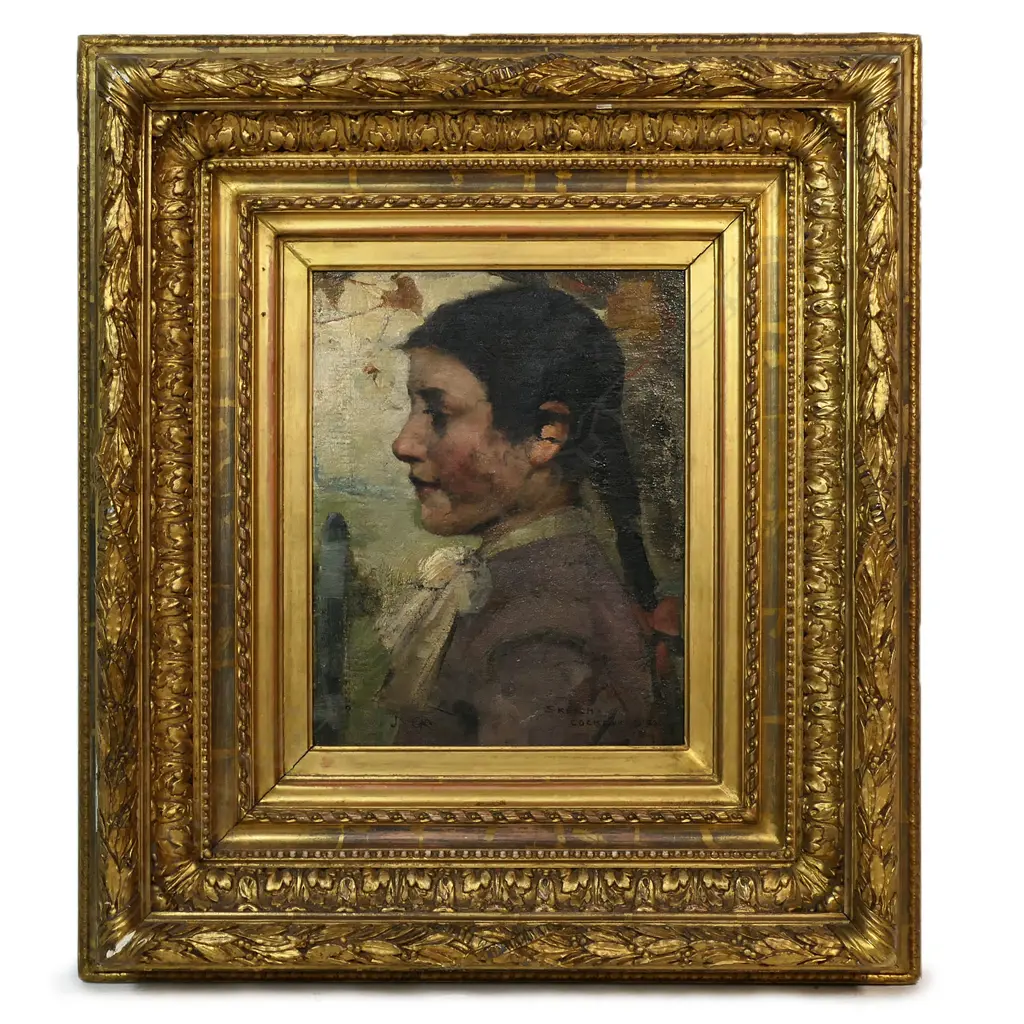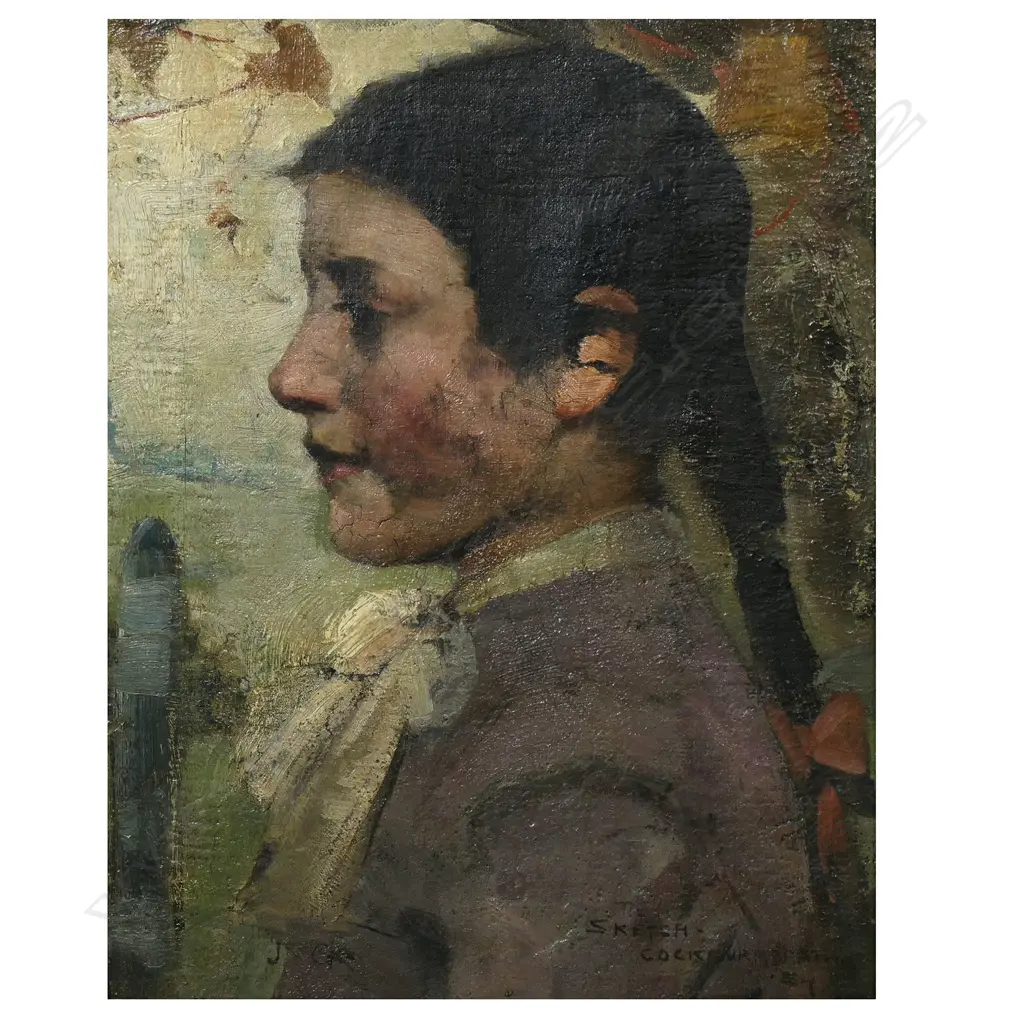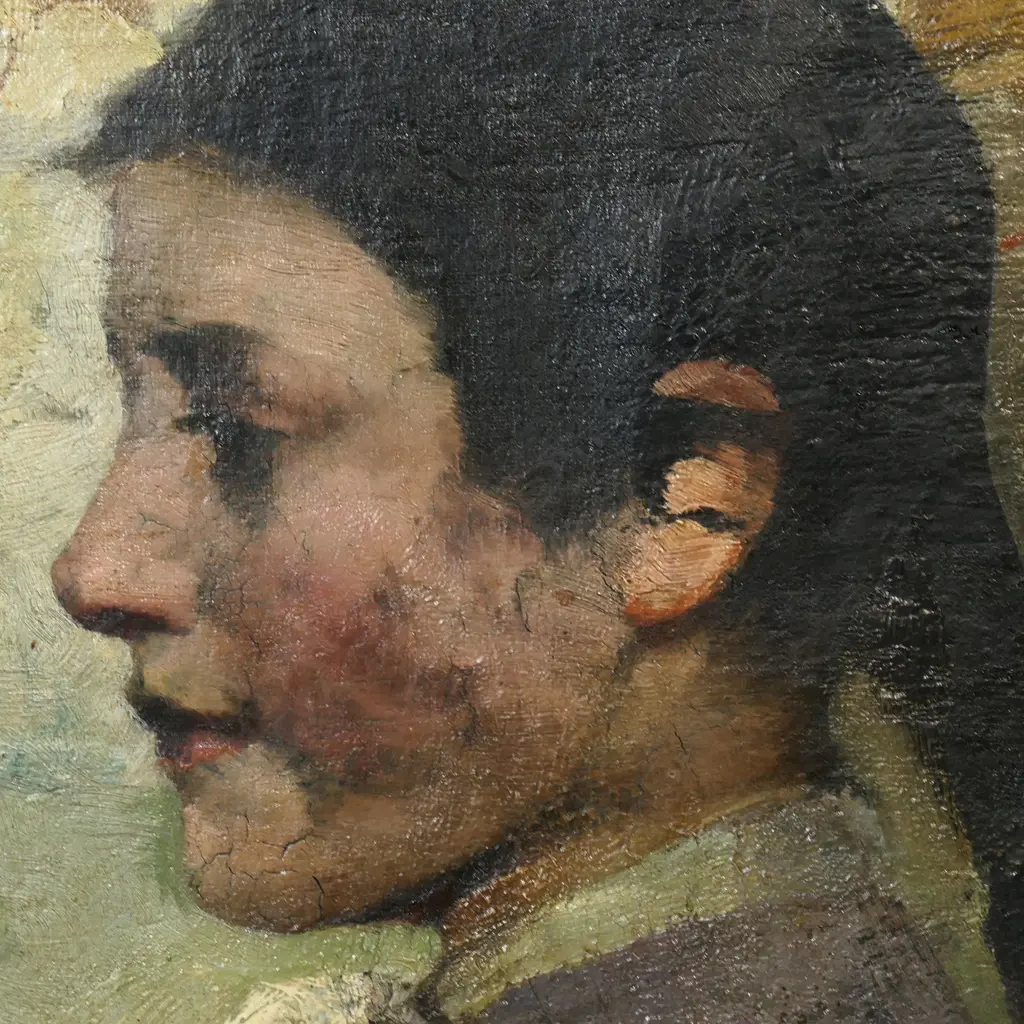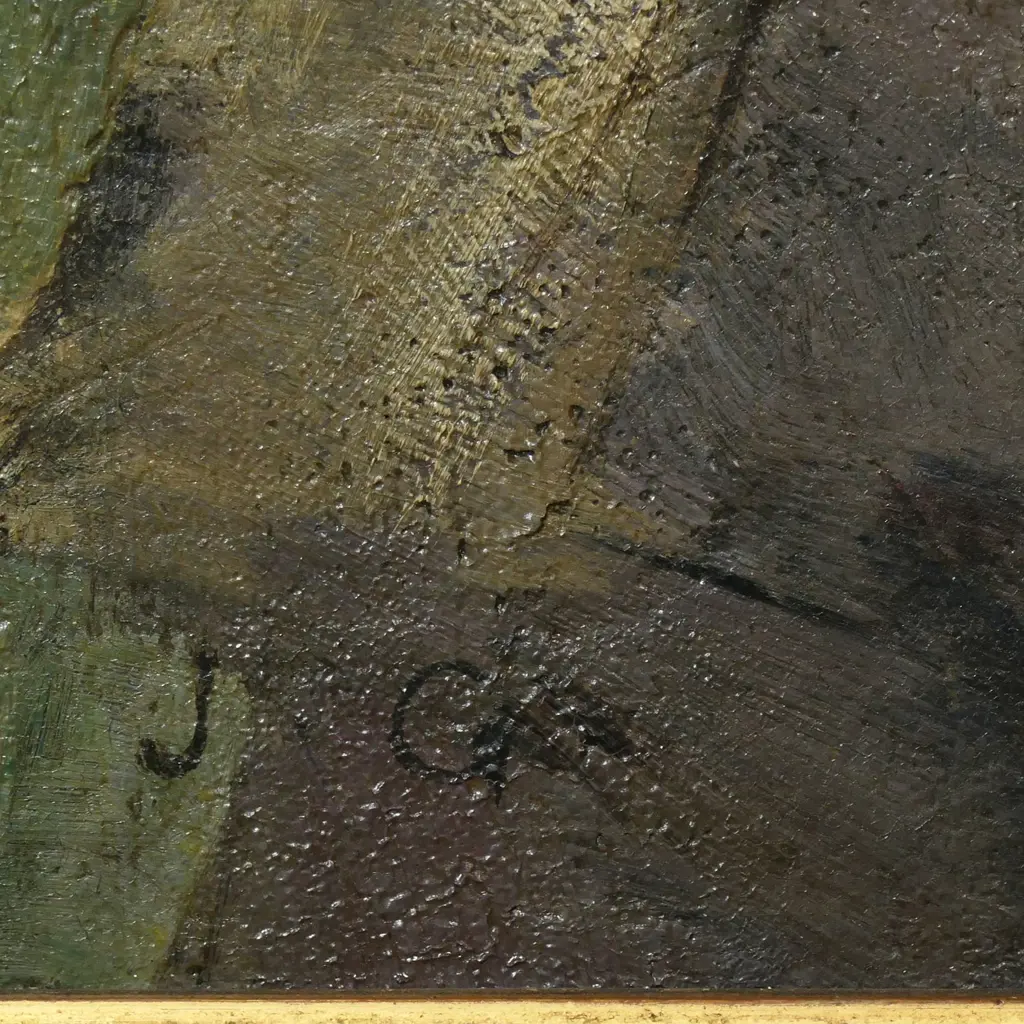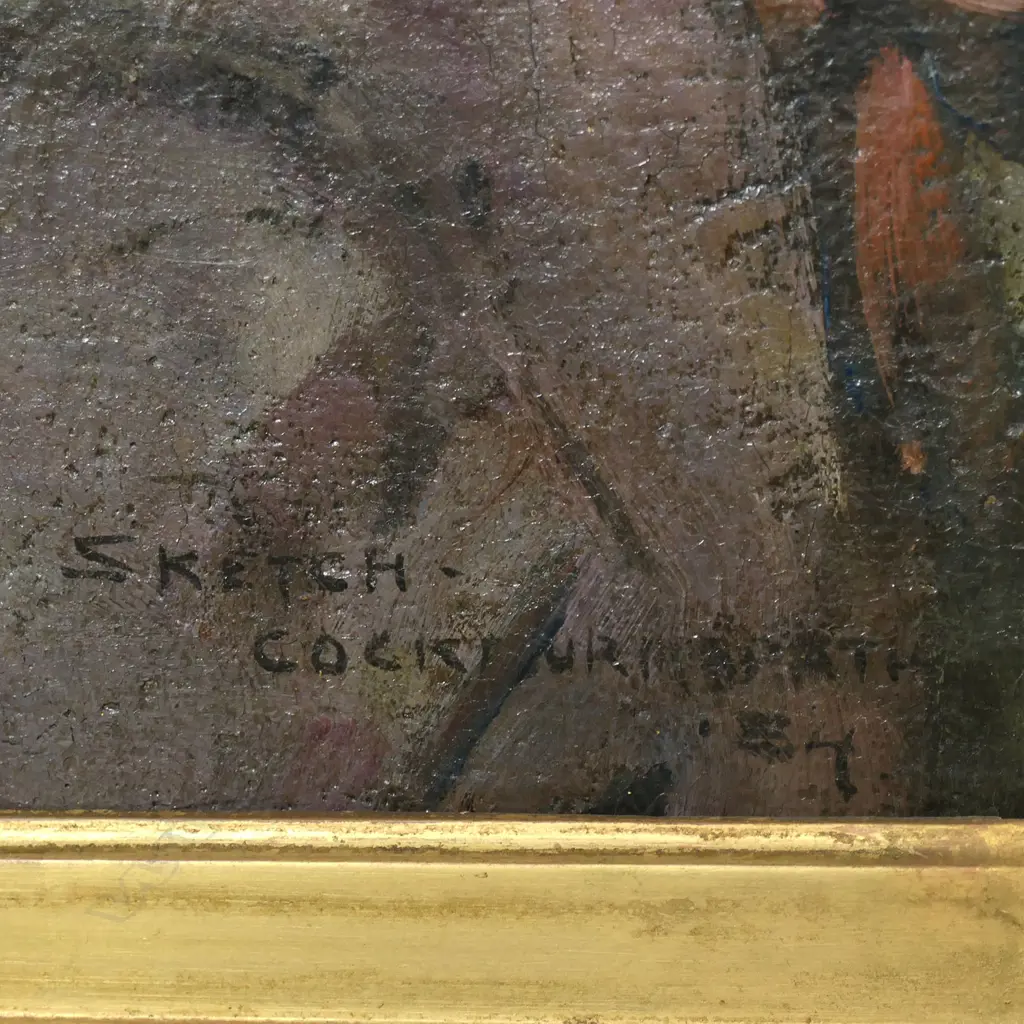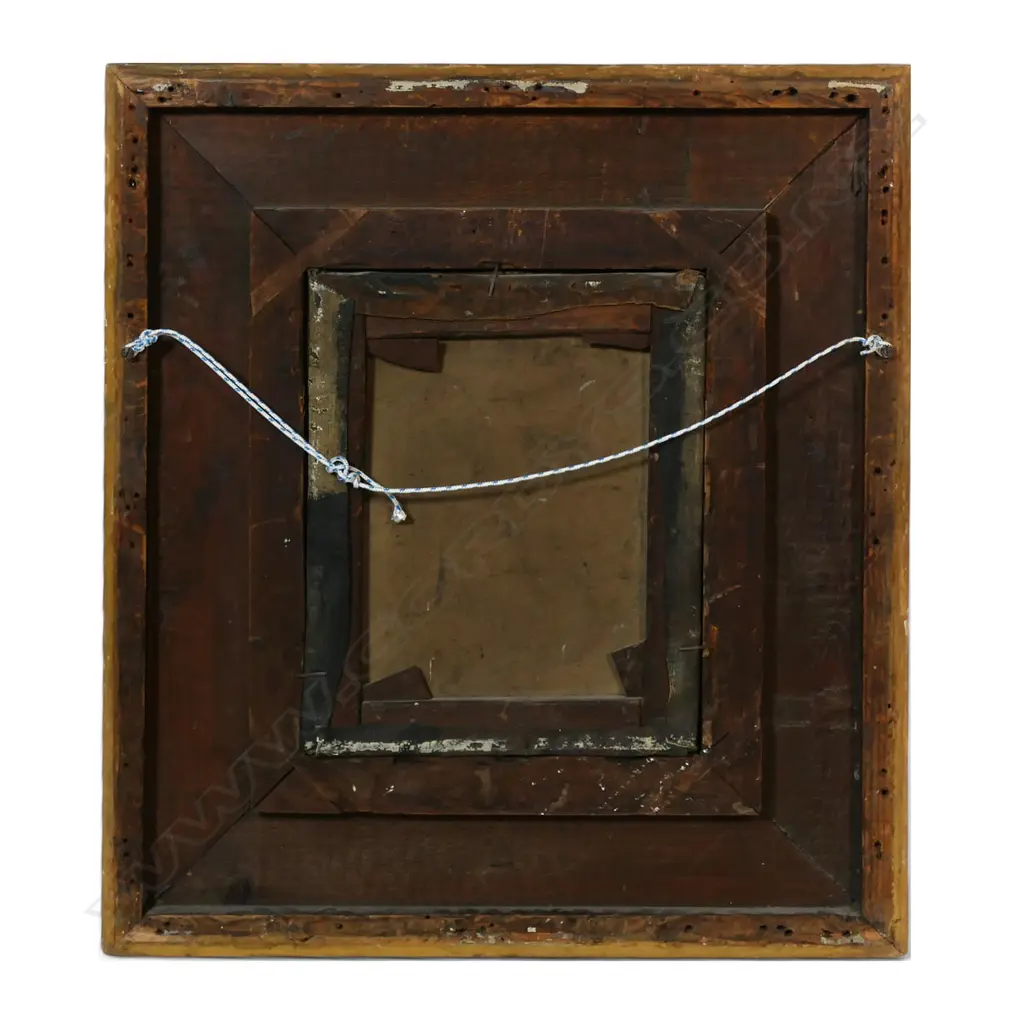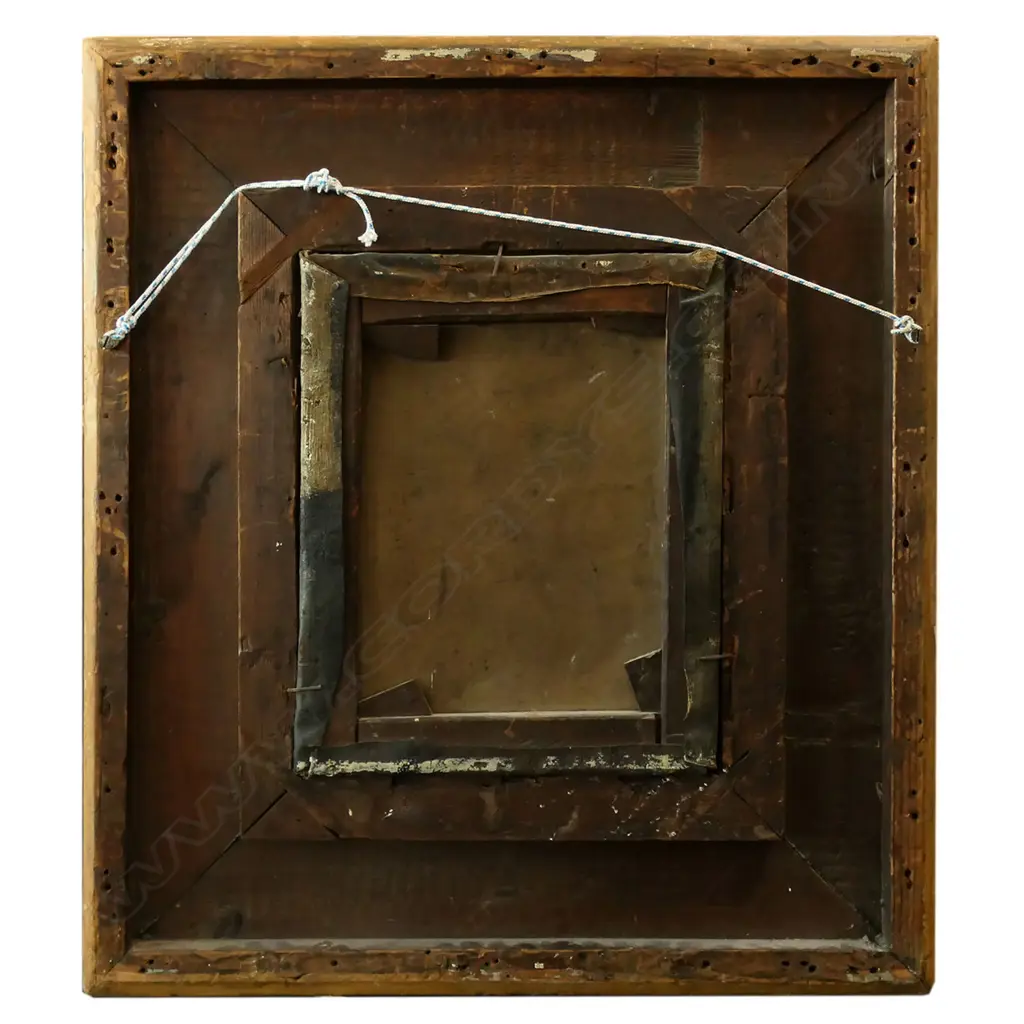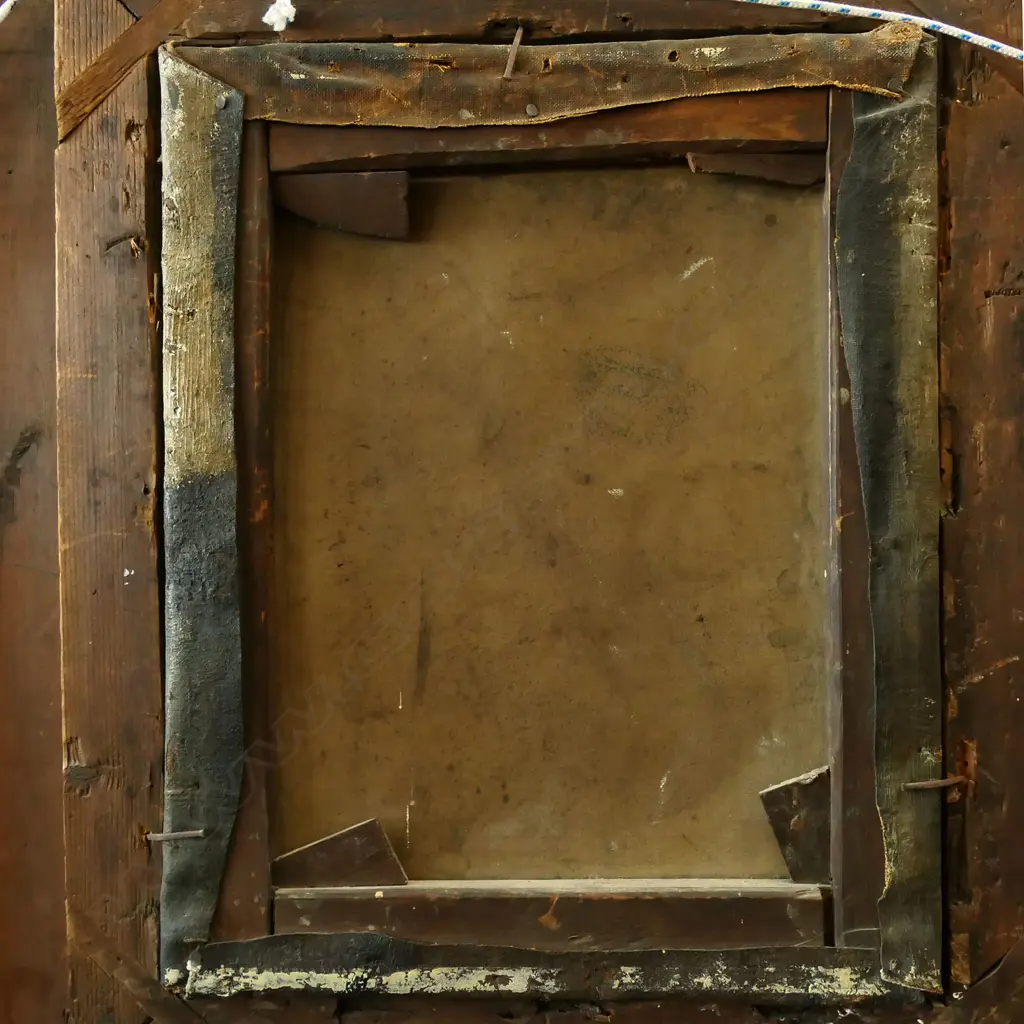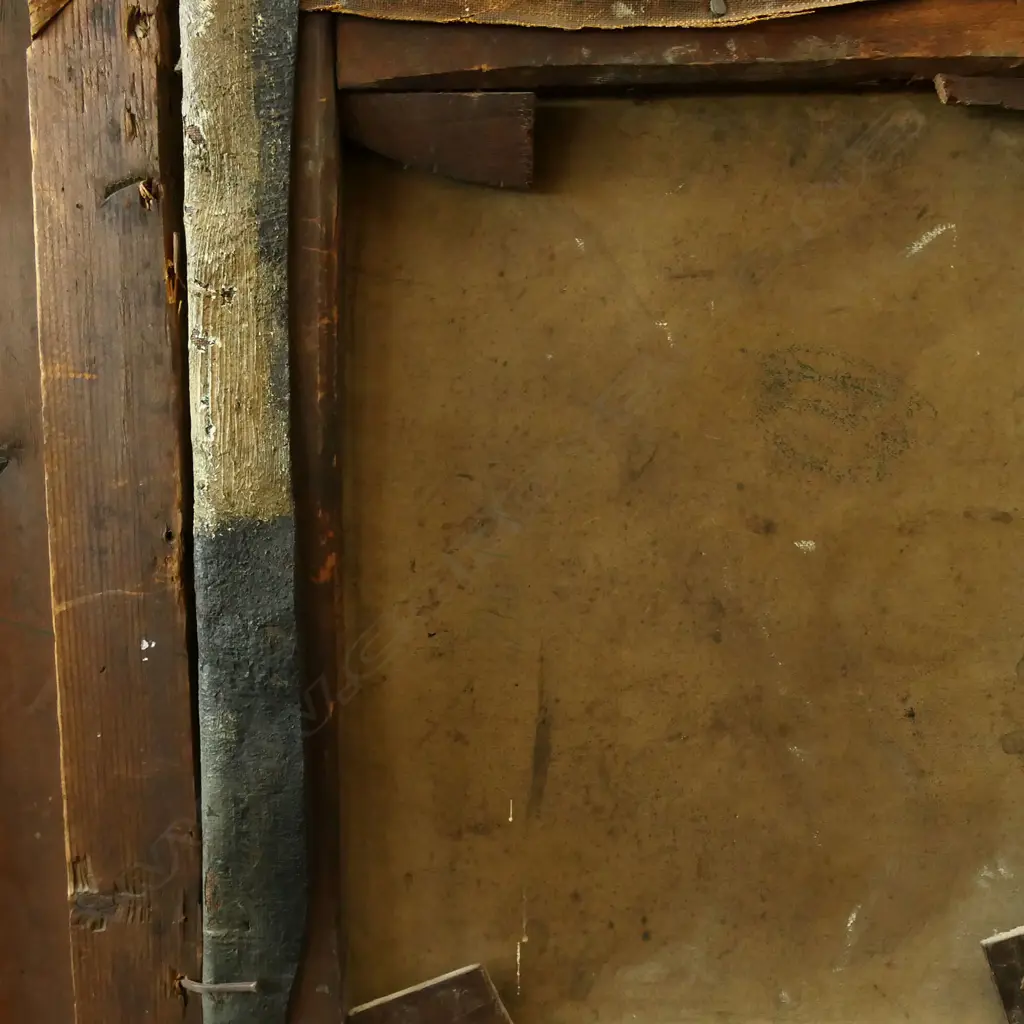JEWELLERY, DECORATIVE & FINE ARTS AUCTION Tuesday, 21 October 2025 / 10:00 am start
Sir James Guthrie RA PRSA (1859-1930) 'Sketch' (for 'Schoolmates'),
Lot Details
oil on canvas, initialled and entitled 'Sketch. Cockburnspath'. 345 x 270mm. Note: This exquisite oil portrait is the 'sketch' for the head of the oldest girl in Guthrie’s renowned painting 'Schoolmates' of 1884 (Museum voor Schone Kunsten Gent). Painted at Cockburnspath, Scotland. It includes two local girls and a boy walking home from school along a country lane. Provenance: By family descent, from James Guthrie’s older sister Hannah Longmuir Hay (née Guthrie). Hannah emigrated to New Zealand in 1874 and married Thomas Hay. She made several trips back to Scotland where presumably she was given this painting (and the other Guthrie work in this auction). They have remained in the family, in New Zealand, since then. Note: Hannah had three brothers; two emigrated to New Zealand and were doctors in Christchurch. The other, James Guthrie (the youngest and celebrated painter) remained in Scotland. Our vendors grandmother (Nancy Hay McKellar) travelled to Scotland in the 1920s and stayed with James Guthrie (her great uncle). James Guthrie was associated with The Glasgow Boys: Through the 1880s and 1890s, the Glasgow Boys were interpreting and expanding the canon of Impressionist and Post-Impressionist painting. Their subject matter featured rural, prosaic scenes from in and around Glasgow. Their colourful depictions attempted to capture the many facets of the character of Scotland. It is noted online from 'Gandalf's Gallery' that 'James Guthrie painted Schoolmates in Cockburnspath, the Scottish village where he lived from 1883 onwards. He lived among the villagers, and their rural lifestyle became the subject of his paintings. In keeping with the naturalistic style of the times Guthrie avoided anecdote in his work and observed his surroundings in a manner that was very down-to-earth. The depiction exudes a natural simplicity in which the children bear their poverty proudly and with spirit. They stare straight ahead and have no contact with one another. Their individual isolation is further emphasised by their portrayal in profile. The daily journey to and from school therefore becomes something of a ritual. The children’s clothing, the country lane and the landscape are all painted very loosely, while the faces are depicted realistically and with a photographic attention to detail.' Please note: Catalogue update. This work is oil on CANVAS.

